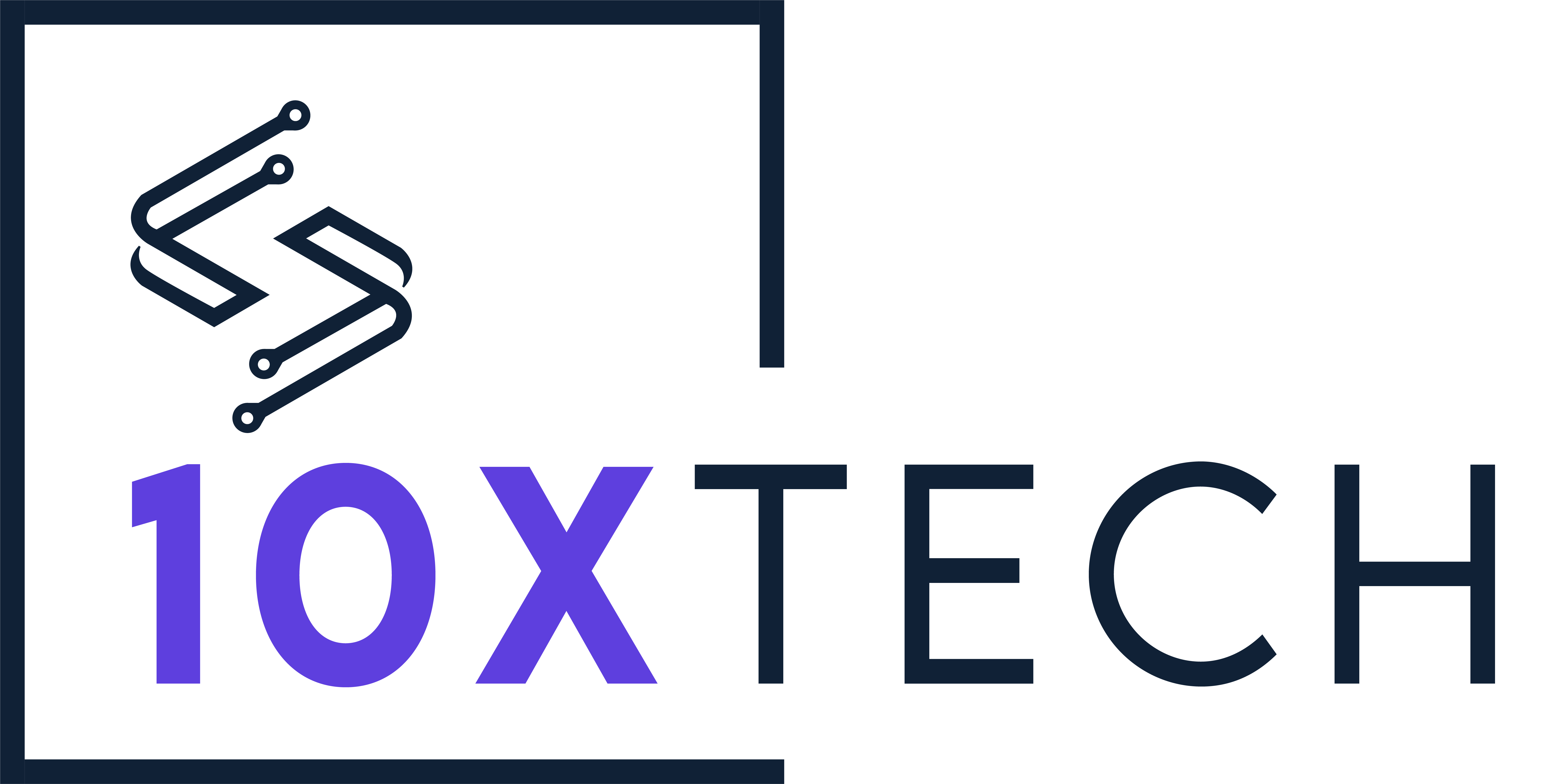Address
Mumbai- 400101, India
Contact
For Business: 9987671326
For People : 9254027546
Work Hours
Monday to Friday: 9AM - 9PM
Weekend: 10AM - 5PM
Address
Mumbai- 400101, India
Contact
For Business: 9987671326
For People : 9254027546
Work Hours
Monday to Friday: 9AM - 9PM
Weekend: 10AM - 5PM

It’s difficult to create a definitive list of LLMs because they’re constantly evolving, and there’s no single metric to measure their effectiveness.
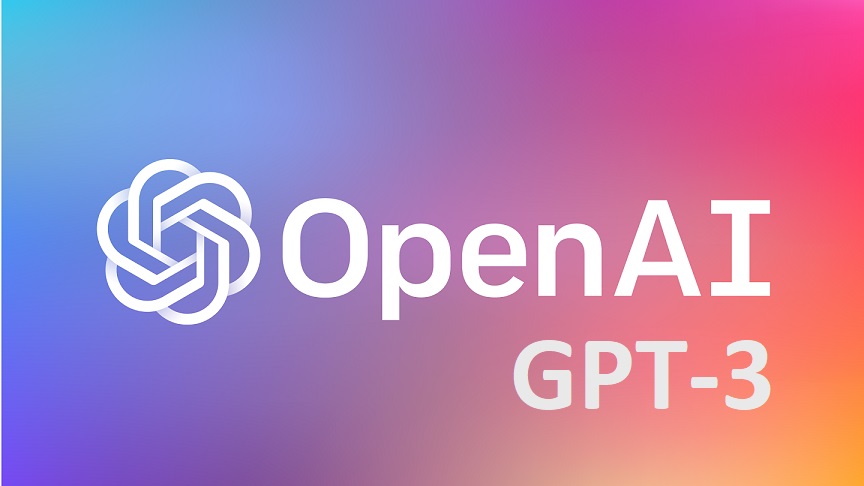
Generative Pre-trained Transformer 3. Developed by OpenAI, GPT-3 is one of the most well-known LLMs, known for its ability to generate human-quality text in response to a wide range of prompts and questions. It’s an autoregressive model, meaning it predicts the next word in a sequence based on the words that came before it.
GPT-3 has some degree of multilingual capability, but it’s not perfect and primarily focuses on English
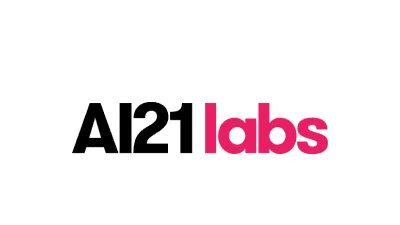
This LLM, developed by AI21 Labs, is known for its massive size, boasting 178B parameters. This allows it to process information and generate text with a high degree of accuracy and fluency. Jurassic-1 Jumbo is autoregressive. Its primary focus appears to be on English language processing.it’s among the largest LLMs publicly available
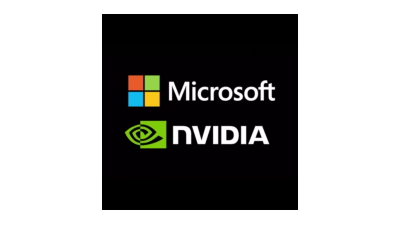
Developed by NVIDIA, Megatron-Turing NLG is another large LLM with impressive capabilities. It’s known for its strong performance on various NLP tasks, including text summarization, question answering, and machine translation. Megatron-Turing NLG is also autoregressive.
The Largest and Most Powerful Monolithic Transformer Language NLP Model Triple the Size of OpenAI’s GPT-3
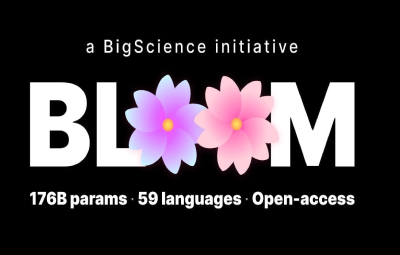
Developed by a consortium of organizations including Hugging Face and the Allen Institute for Artificial Intelligence, BLOOM is a powerful open-source LLM. This means its code and architecture are freely available for anyone to use and modify. BLOOM is a conditional generative model, allowing it to consider additional input beyond just the previous sequence of words.BLOOM is a multilingu al LLM!

Meta does have its own LLM offering, called Llama
Llama Family: This is the core set of LLMs developed by Meta AI. (English-centric)
Llama 3: This is the latest, most advanced and open-source [Meta Llama]. It’s designed for developers, researchers, and businesses to experiment and build applications using LLMs. (Open-source and Multilinguality)
LLaMA (Large Language Model Meta AI): It’s a foundational, open-source LLM with 65 billion parameters The focus here is on providing a smaller, more accessible model for researchers who might not have access to large computing resources.

LaMDA: LaMDA focuses on generating dialogue that is informative and comprehensive. It’s suitable for chatbots and virtual assistants.
PaLM: PaLM is known for its versatility and ability to handle complex tasks. It can generate different creative text formats of text content, like poems, code, scripts, musical pieces, and even emails, and answer your questions in an informative way.
Google AI doesn’t publicly disclose all the details to maintain a competitive edge.
Primarily focused on informative and comprehensive dialogue generation in English.

This Chinese LLM, developed by BAAI, is specifically designed for handling Chinese language. It’s known for its ability to understand and generate complex Chinese text, making it valuable for tasks like machine translation and content creation in Chinese. WuDao 2.0 is an autoregressive model.
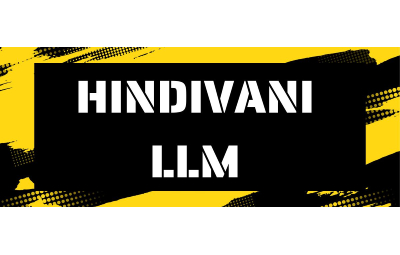
This is an initiative by IIT Guwahati’s LINGO Labs, aiming to create a Hindi-specific LLM trained on a comprehensive Hindi dataset [Labs LINGO Labs]. While details about public availability are limited, it signifies progress in Hindi LLM development.
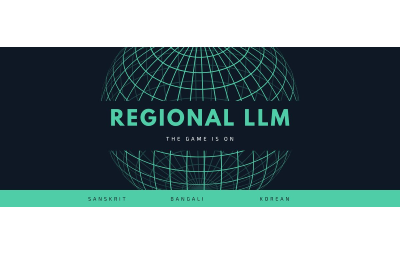
We might see a rise in LLMs targeting specific Indian languages like Sanskrit, Tamil, or Bengali, catering to their unique linguistic features.
